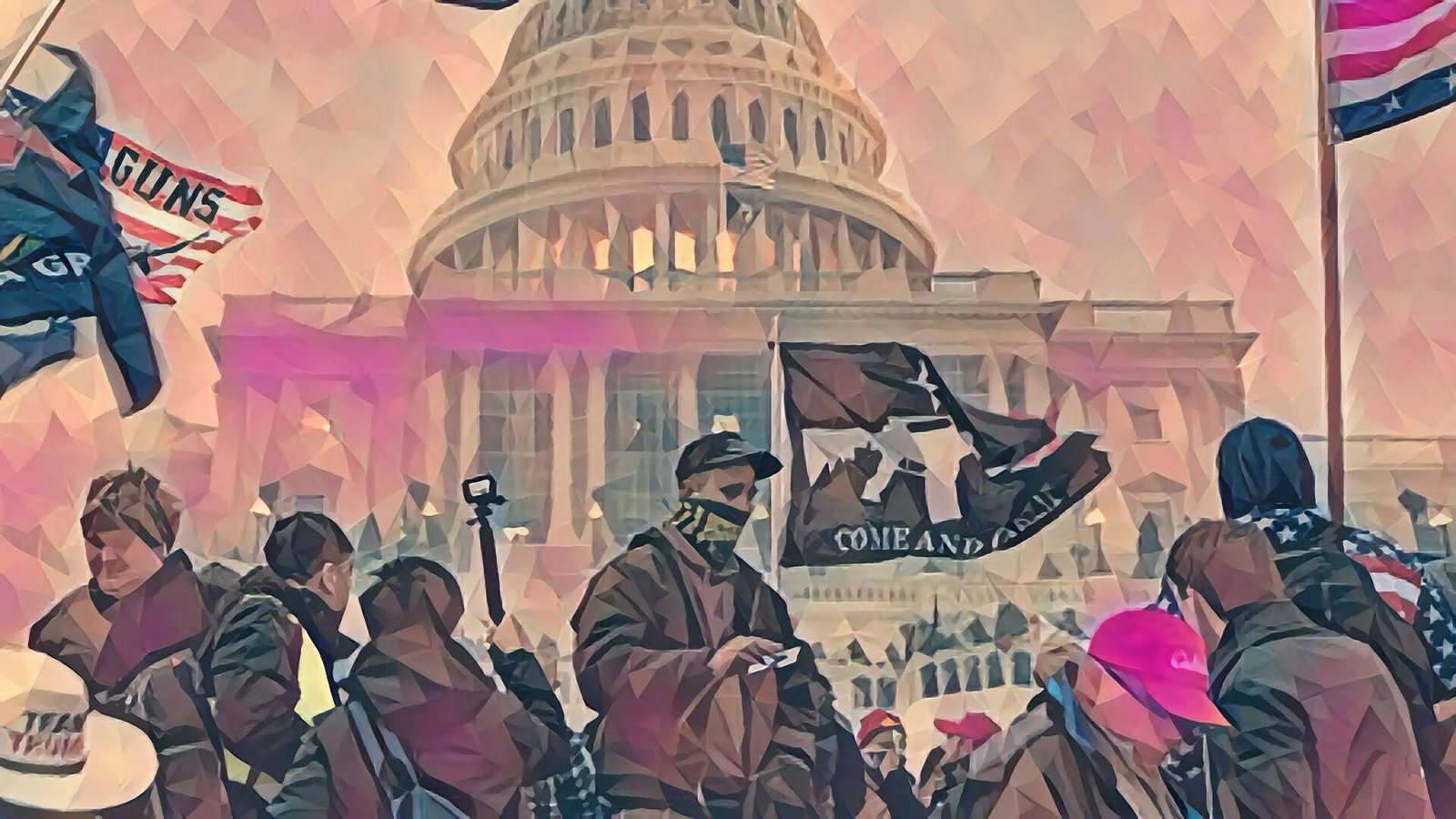Navigating the Edges of Chaos Consciousness
Chaos consciousness is not a fixed phenomenon but a living, breathing process. It oscillates, expands, and contracts, shaped by our environments, the rhythms we follow, and the mysteries we dare to explore. If you think about it, our existence is a dance—a paradoxical interplay of chaos and order, noise and silence, individuality and infinity.
What if our most significant task isn’t to solve the mystery of consciousness but to live it fully?
Podcast Discussion

Blue as the Color of the Mind’s Edge
Imagine this: you’re standing at the shoreline, the horizon stretching into a seemingly infinite blue. This is not just a picturesque moment; it’s a dialogue with something primal. Water doesn’t merely sustain us physically—it cradles our psyche. Blue spaces reflect to us the boundless yet fluid nature of our minds. (Coincidentally? Blue is associated with consciousness in the Diamond Approach and other teachings.)
But there’s an irony here. Water’s calm can only exist because of its chaos—its waves, hidden currents, and ceaseless motion. In a sense, our minds are like this, too. Stillness is never truly still; it’s alive, teeming with the unseen mechanics of thought and memory, chaos quietly disguised as serenity.
Be like water making its way through cracks.
Adjust to the object, and you shall find a way around or through it.
Bruce Lee
Wallace J. Nichols’ “blue mind” theory suggests that our brains sync with water’s rhythm, offering a respite from life’s relentless noise. But perhaps it’s not just about calming down—it’s also about seeing how chaos is part of the beauty. Like our thoughts, the sea is vast, unknowable, and strangely intimate.
The Power of Chaos
Chaos has a bad reputation. It’s a word that evokes stress, disorder, and unpredictability. But as science reveals, chaos isn’t the antithesis of order—it’s the birthplace of creativity. Your brain, in its learning state, thrives on what seems like disorder. Neurons firing in no apparent pattern reorganize themselves, rewriting their internal clocks, making sense of the nonsensical. This isn’t a bug in the system; it’s the system’s genius.
What if we embraced it instead of fighting chaos as the playground of possibility? Nature does. Fractal patterns emerge from what seems random. The universe is governed by entropy, yet here we are—organisms carved from the clay of disorder.
In the midst of chaos, there is also opportunity.
Sun Tzu
The same holds for our minds. When we stop demanding neatness and let go of the need for control, we give ourselves to something far more expansive. Chaos consciousness isn’t the enemy of peace; it’s the force that makes peace meaningful.

Chaos Consciousness as a Multi-Dimensional Tapestry
Let’s dive deeper. If learning thrives on chaos, dreaming thrives on escape. The waking mind operates in three dimensions, chained to linear time. But in dreams, those chains dissolve. Consciousness becomes unbound, exploring realms where logic is suspended and everything is possible.
Science suggests these dreamscapes may mirror principles of quantum mechanics, where particles exist in superposition, holding multiple realities simultaneously. In our dream states, our minds become explorers of these infinite dimensions, rehearsing, playing, and processing. This isn’t just your brain “defragging” itself; it’s a profound expression of your mind’s creativity and adaptability.
And yet, isn’t dreaming also a reminder that we’re more than the stories we tell ourselves in waking life? If our consciousness can exist so fluidly in one state, who’s to say it doesn’t ripple outward, touching realities we can’t yet fathom?
You must have chaos within you to give birth to a dancing star.
Friedrich Nietzsche

Where Stillness Meets Infinity
If dreams are the mind’s cosmic playground, meditation is its return to the void. Advanced practices like Jhana meditation lead practitioners to profound stillness, where the boundaries of self dissolve, leaving only awareness. Here, chaos is absent—or so it seems.
But the paradox persists. Quieting the mind is itself an engagement with its noise. It’s a surrender, not a domination, of thought. Neuroscience backs this up: the brain in deep meditation shows a harmonious alignment of its waves, a coherence that feels like peace. Yet that peace is born of the mind’s initial cacophony.
Silence is not an absence but a presence.
Anne D. LeClaire
Perhaps the stillness of meditation isn’t about escaping chaos but integrating it. It’s the moment when the tumult becomes rhythm when the randomness becomes music.
The Symphony of Electric Chaos
Zooming out, what is consciousness but an electric symphony? Recent studies suggest that the strange electric fields generated by our brains are not side effects of thought but integral to it. Thoughts aren’t just chemical or mechanical—they’re electrical patterns dancing in chaotic, beautiful ways.
These fields might even hint at the “secret” of consciousness, challenging the notion that our minds are confined to our skulls. If consciousness is electric, isn’t it also expansive, rippling outward in ways we can’t yet measure?
Here, science meets mystery. Chaos, again, becomes not a threat but a promise. The same unpredictability that powers neurons, drives learning, and fills dreams also points to something far larger.
Midnight’s Mind
And yet, for all its boundless potential, the mind has limits. After midnight, our cognitive clarity fades, giving way to impulsive decisions and distorted emotions. Why? It’s not just fatigue—the brain’s rhythms slipping into disarray.
Dreams are illustrations… from the book your soul is writing about you.
Marsha Norman
This disarray, however, isn’t failure; it’s transition. The midnight mind reminds us that consciousness is cyclical; just as water ebbs and flows, neurons pulse and rest, and our awareness waxes and wanes. These rhythms, when respected, guide us toward balance.

Quantum Immortality
Let’s take this one step further. What if your mind doesn’t just shift within itself but across dimensions? Quantum theories of consciousness suggest that your sense of self might persist in parallel universes, each decision branching into new realities.
Whether or not this is true in a literal sense, the idea mirrors how we experience life. Every choice we make births new possibilities. Every dream we dream explores roads not taken. Every meditation connects us to something infinite.

Chaos Consciousness, Stillness, and the Unifying Thread
So, where does this leave us? The serene pull of blue spaces, the chaotic creativity of learning, the multi-dimensional journeys of dreams, and the deep stillness of meditation are not separate phenomena. They’re threads in the same tapestry, weaving a picture of consciousness as infinitely complex and profoundly simple.
Perhaps the greatest insight isn’t about solving the puzzle of consciousness but about experiencing it as fully as possible. Chaos is not the opposite of peace; it makes peace possible. Stillness is not the absence of thought but the harmony of thought’s rhythm.
A Question to Ponder: What if you stopped trying to quiet your mind and instead learned to listen to its symphony? What melodies might you discover in its chaos? What oceans might you find in its stillness?









